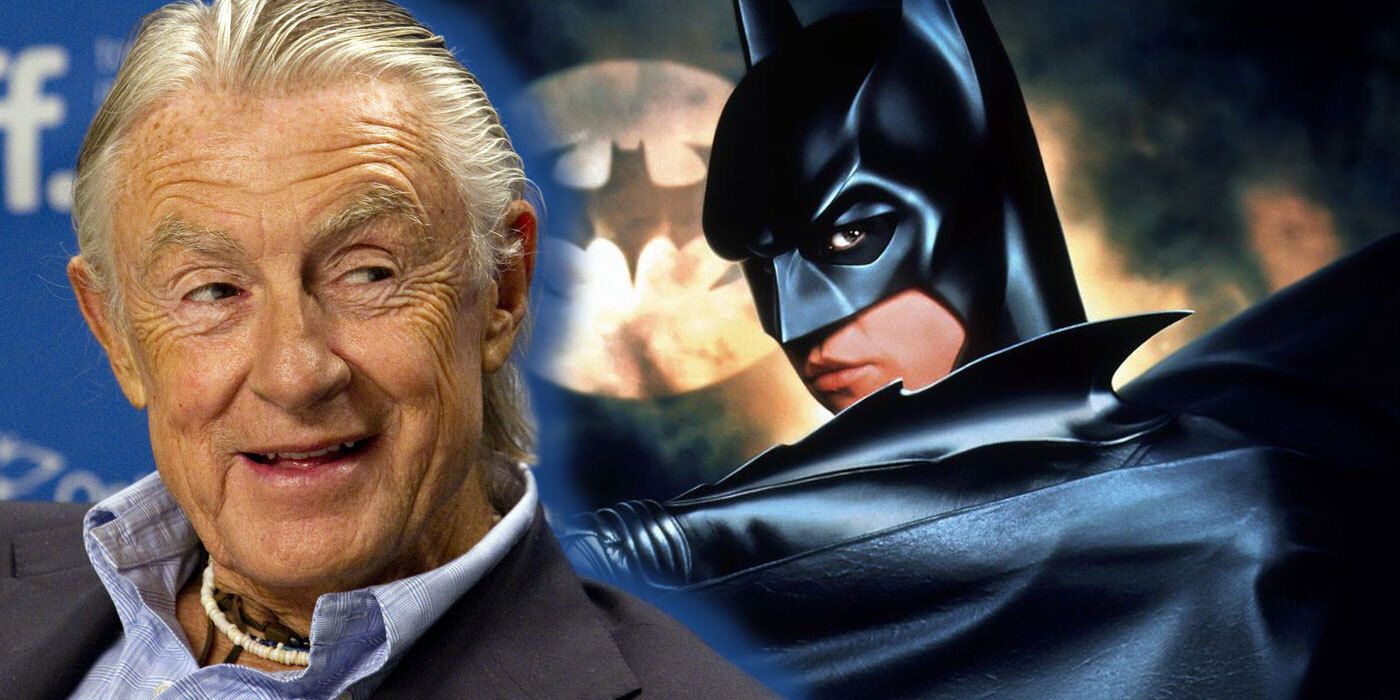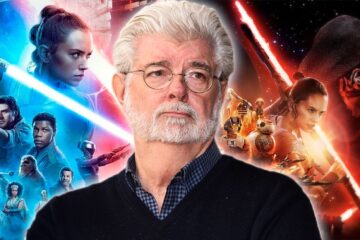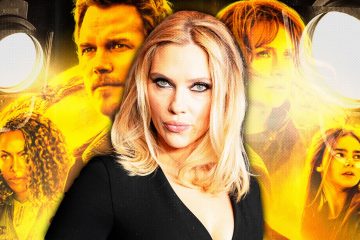Batman has become a tentpole character for both the comic book medium and the movies that they’ve inspired. Perhaps more than any other hero, save for Superman or Spider-Man, Batman has become a fixture in the cinematic landscape, with more of his movies being transformative hits than straight-up misses. Tim Burton’s Batman was the first to shine a light on the darker, more brooding aspect of the character, while Christopher Nolan’s Dark Knight trilogy offered a more grounded take that emphasized the idea of Batman rather than Bruce Wayne. But in the decades of Batman movies that helped make the character timeless, it was Joel Schumacher’s movies that reinstated a colorful tone to the character, even if its effectiveness has been up for debate.While many would quickly rush to Batman & Robin to remind others that it was far from a great Batman movie with rather outrageous gadgets and villains, doing so also means overlooking Schumacher’s freshman Batman film, Batman Forever. Transitioning from the doom and gloom that Burton’s world had introduced. Batman Forever brought the camp and color of the Golden Age of Batman to the forefront without completely overlooking the more nuanced takes on the character. What resulted was a movie that was equal parts action-adventure and a way to look at the psyche of a man many Gothamites had taken for granted whether the cowl was on or off. Of course, Batman Forever, much like Zack Snyder’s Justice League, was a victim of massive cuts to the narrative that greatly diminished Schumacher’s vision for the movie. But even though there are many who would clamor for a final cut of this film, the original version has managed to capture the most important theme that Schumacher’s original cut featured.On the surface, Batman Forever was a follow-up to Batman Returns, but from the moment the opening titles started to play, it was clear this was only a sequel in the simplest sense of the word. With Two-Face stealing from a massive safe in Gotham City, there was an immediate tonal shift that played up the wonder and heroism of Batman while simultaneously parading villains that were far more outspoken and colorful than Jack Nicholson’s Joker. With Jim Carrey’s Riddler bringing an added level of chaos both in his portrayal and the character’s actions, it played a significant role in how the action would play out. Rather than a battle of wits between Batman and the villain, there would also be an added layer of campy shenanigans, such as Two-Face and Riddler playing real-life Battleship to try and kill Batman and Robin.Constantine 2 Gets Exciting Update From Director: ‘We Have Control’
Batman has become a tentpole character for both the comic book medium and the movies that they’ve inspired. Perhaps more than any other hero, save for Superman or Spider-Man, Batman has become a fixture in the cinematic landscape, with more of his movies being transformative hits than straight-up misses. Tim Burton’s Batman was the first to shine a light on the darker, more brooding aspect of the character, while Christopher Nolan’s Dark Knight trilogy offered a more grounded take that emphasized the idea of Batman rather than Bruce Wayne. But in the decades of Batman movies that helped make the character timeless, it was Joel Schumacher’s movies that reinstated a colorful tone to the character, even if its effectiveness has been up for debate.
While many would quickly rush to Batman & Robin to remind others that it was far from a great Batman movie with rather outrageous gadgets and villains, doing so also means overlooking Schumacher’s freshman Batman film, Batman Forever. Transitioning from the doom and gloom that Burton’s world had introduced. Batman Forever brought the camp and color of the Golden Age of Batman to the forefront without completely overlooking the more nuanced takes on the character. What resulted was a movie that was equal parts action-adventure and a way to look at the psyche of a man many Gothamites had taken for granted whether the cowl was on or off. Of course, Batman Forever, much like Zack Snyder’s Justice League, was a victim of massive cuts to the narrative that greatly diminished Schumacher’s vision for the movie. But even though there are many who would clamor for a final cut of this film, the original version has managed to capture the most important theme that Schumacher’s original cut featured.
On the surface, Batman Forever was a follow-up to Batman Returns, but from the moment the opening titles started to play, it was clear this was only a sequel in the simplest sense of the word. With Two-Face stealing from a massive safe in Gotham City, there was an immediate tonal shift that played up the wonder and heroism of Batman while simultaneously parading villains that were far more outspoken and colorful than Jack Nicholson’s Joker. With Jim Carrey’s Riddler bringing an added level of chaos both in his portrayal and the character’s actions, it played a significant role in how the action would play out. Rather than a battle of wits between Batman and the villain, there would also be an added layer of campy shenanigans, such as Two-Face and Riddler playing real-life Battleship to try and kill Batman and Robin.
#Batman #Managed #Captured #Part #Schumachers #Original #Vision
Note:- (Not all news on the site expresses the point of view of the site, but we transmit this news automatically and translate it through programmatic technology on the site and not from a human editor. The content is auto-generated from a syndicated feed.))



